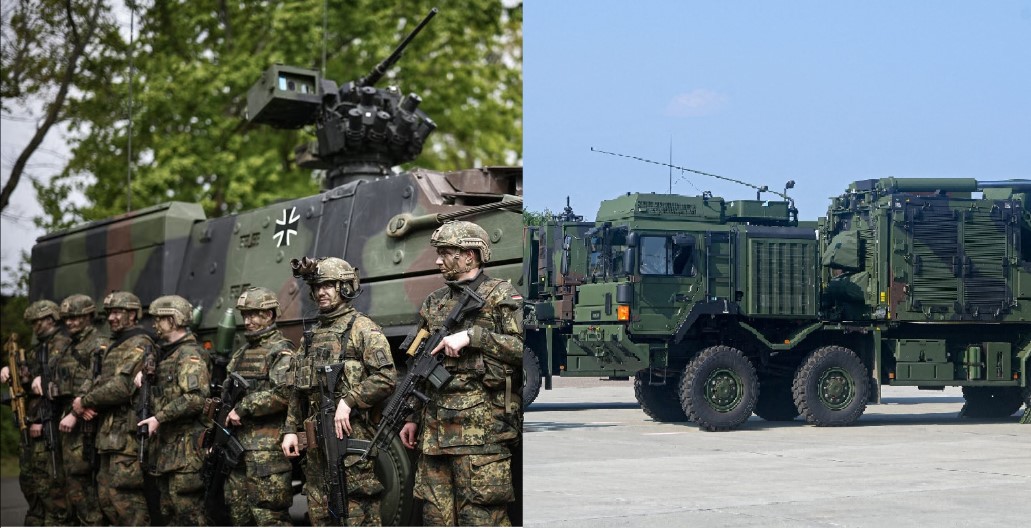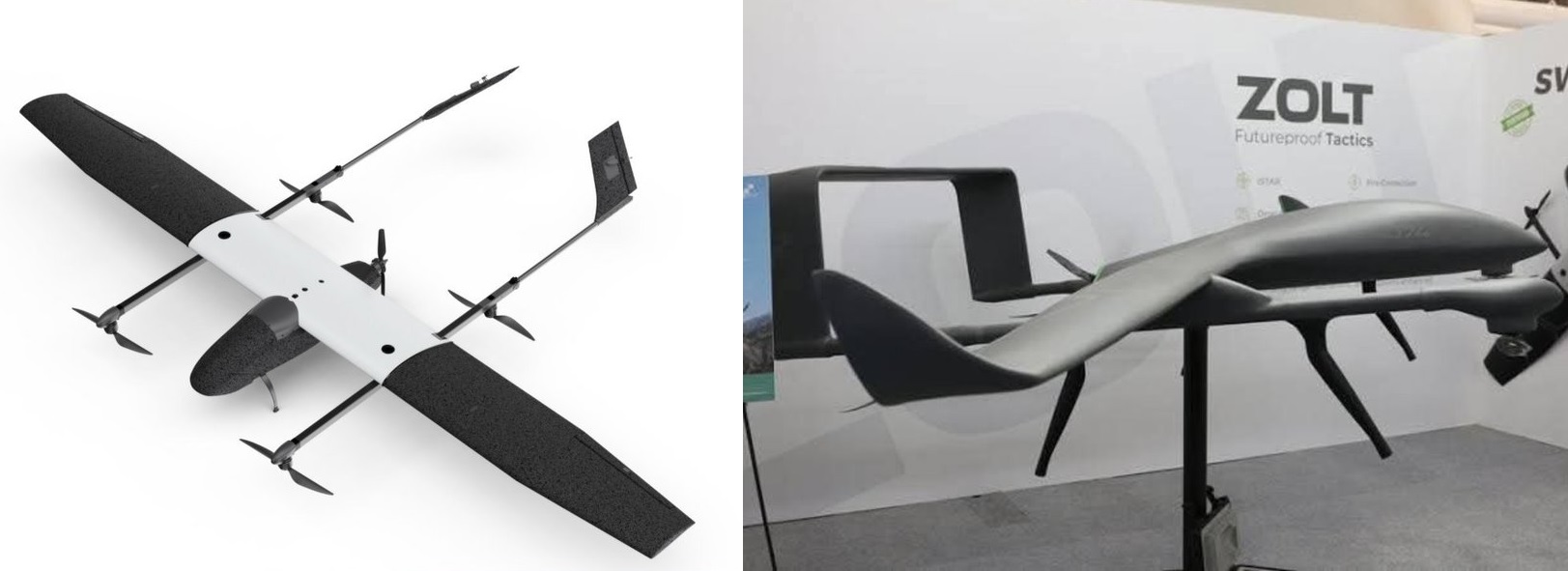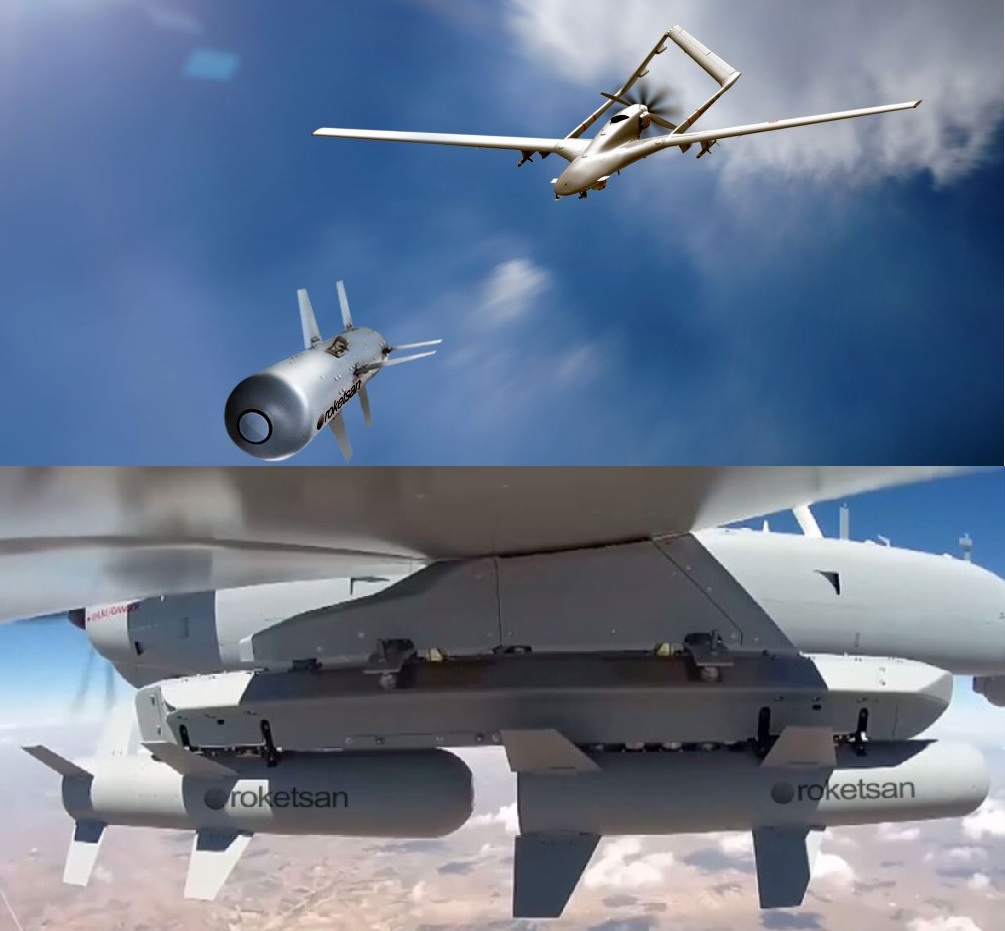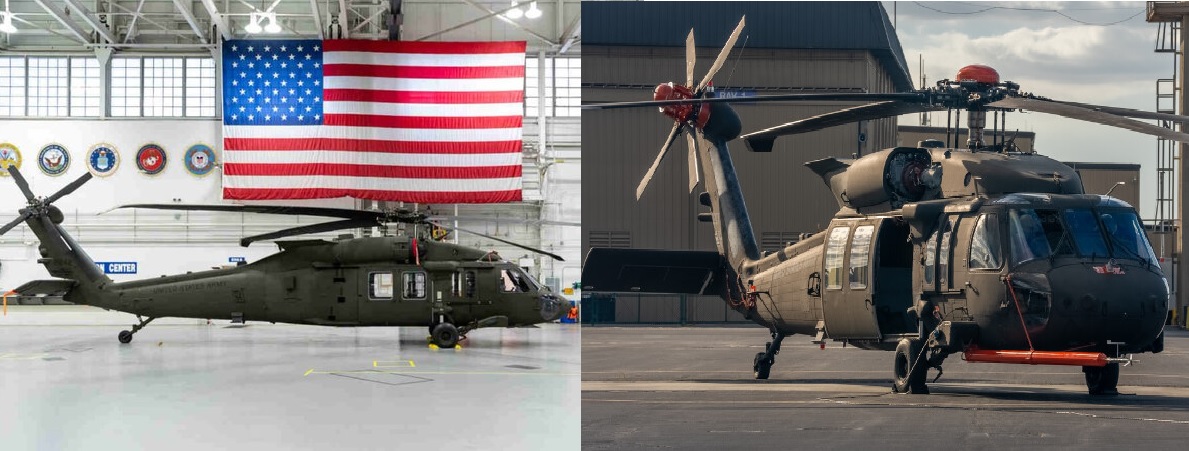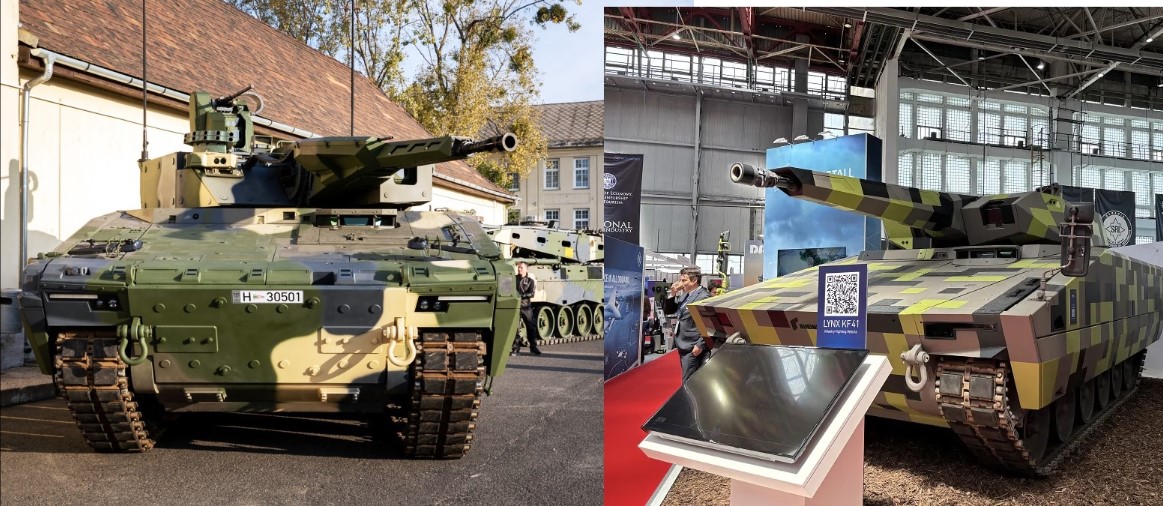Colombia Sign $3.6B Gripen E/F Fighter Jet Deal With Saab, Rejects U.S 24 F-16 Jet Offer

Colombia has formally signed a $3.6 billion contract with Swedish defense manufacturer Saab for the acquisition of 17 Gripen E/F fighter jets, marking one of the country’s most significant military modernization steps in decades. The deal, confirmed on Friday by President Gustavo Petro, includes 15 single-seat Gripen E aircraft and 2 dual-seat Gripen F trainers, with deliveries scheduled between 2026 and 2032.
The contract finalizes a decision first signaled in April, when the Petro administration announced its intention to procure Swedish fighters but withheld details on quantity and pricing. With this deal, Colombia becomes the newest member of the global Gripen operator family.
A Strategic Shift: Why the Gripen Won
The agreement concludes a competitive procurement process that included strong bids from U.S. and French manufacturers. Washington had aggressively backed an F-16 package that included up to 24 aircraft—a mix of donated second-hand Block 50/52 jets and brand-new Block 70 fighters—for a reported $4.2 billion. The U.S. pitch emphasized interoperability with Colombia’s already U.S.-centric air fleet, including C-130 transport aircraft and UH-60 Black Hawk helicopters.
But in the end, Bogotá opted for brand-new Gripen E/Fs, rejecting what Petro described as “second- or third-hand weaponry.” His administration stressed transparency, sovereignty, and long-term operational value over political pressure.
Petro Defends the Purchase Amid Diplomatic Tension
The fighter jet deal has stirred geopolitical debate, particularly following President Petro’s public remarks earlier this month. In a pointed message referencing a report by El Tiempo, Petro alleged that:
-
U.S. entities had been tailing his family, and
-
Washington was angered by Colombia’s decision to reject second-hand F-16s in favor of Sweden’s brand-new Gripens.
He emphasized that Colombian law fully authorizes the purchase, adding:
“We are sovereign; we’re not obliged to purchase second- or third-hand weaponry for our public forces.”
Petro urged Sweden and Saab to respond publicly to what he described as undue interference:
“I believe the Kingdom of Sweden must speak out, and the firm Saab, about this attack on our freedom and sovereignty.”
The comments highlight the sensitive geopolitical landscape surrounding Latin American defense acquisitions, especially at a time of rising global tensions.
Saab Welcomes Colombia Into the Gripen Community
Saab executives and Swedish officials celebrated the agreement as both a strategic and symbolic milestone.
Micael Johansson, President and CEO of Saab, said:
“I am honored that Colombia has chosen Gripen E/F to enhance its air defence capabilities… This marks the beginning of a strong and long-term partnership.”
Sweden’s Minister for International Development Cooperation and Foreign Trade, Benjamin Dousa, noted that the sale is among Sweden’s largest export deals ever, strengthening the nation’s economy and global security footprint.
Defense Minister Pål Jonson added:
“In Gripen, Colombia is getting one of the world’s most advanced combat aircraft. I look forward to deepening our defence policy cooperation.”
Foreign Minister Maria Malmer Stenergard emphasized the “excellent long-standing relations” between both countries and expressed confidence in continued cooperation.
What the Deal Includes
The €3.1 billion package covers a complete operational ecosystem:
-
15 Gripen E fighters
-
2 Gripen F two-seat trainers
-
Advanced weapons systems
-
Ground support equipment
-
Pilot and technician training
-
Long-term service and sustainment
The Gripen E/F platform features cutting-edge avionics, AESA radar, advanced electronic warfare systems, and competitive lifecycle costs—key factors behind its growing popularity.
A Modern Air Force for a New Security Era
President Petro underscored the strategic necessity of acquiring modern fighters, stating the jets will deter “aggression against Colombia, wherever it may come from” in a “geopolitically messy world.”
Colombia’s aging Kfir fleet has long been criticized for high maintenance costs and limited combat viability. The transition to Gripen represents a transformative modernization of the Colombian Air Force.
A Landmark Deal With Global Ramifications
Colombia’s decision carries implications far beyond its borders. It reinforces Saab’s expanding presence in Latin America, strengthens Sweden’s defense industry, and reflects shifting dynamics in U.S. influence over regional defense procurement.
With the first aircraft set to arrive in 2026, Colombia is preparing to enter a new era of airpower, one defined by advanced technology, strategic autonomy, and a renewed commitment to national defense.
✍️ This article is written by the team of The Defense News.
